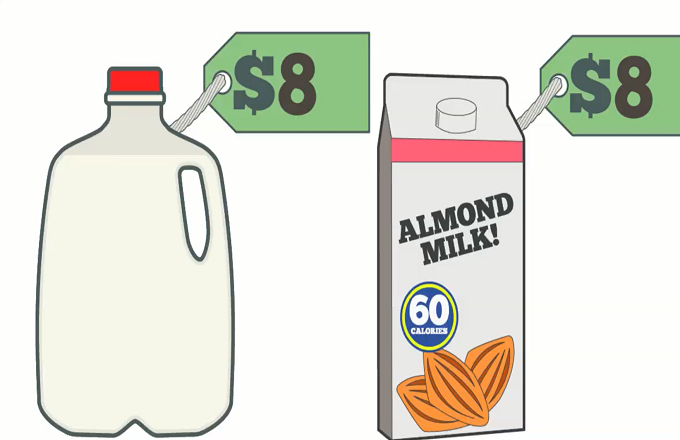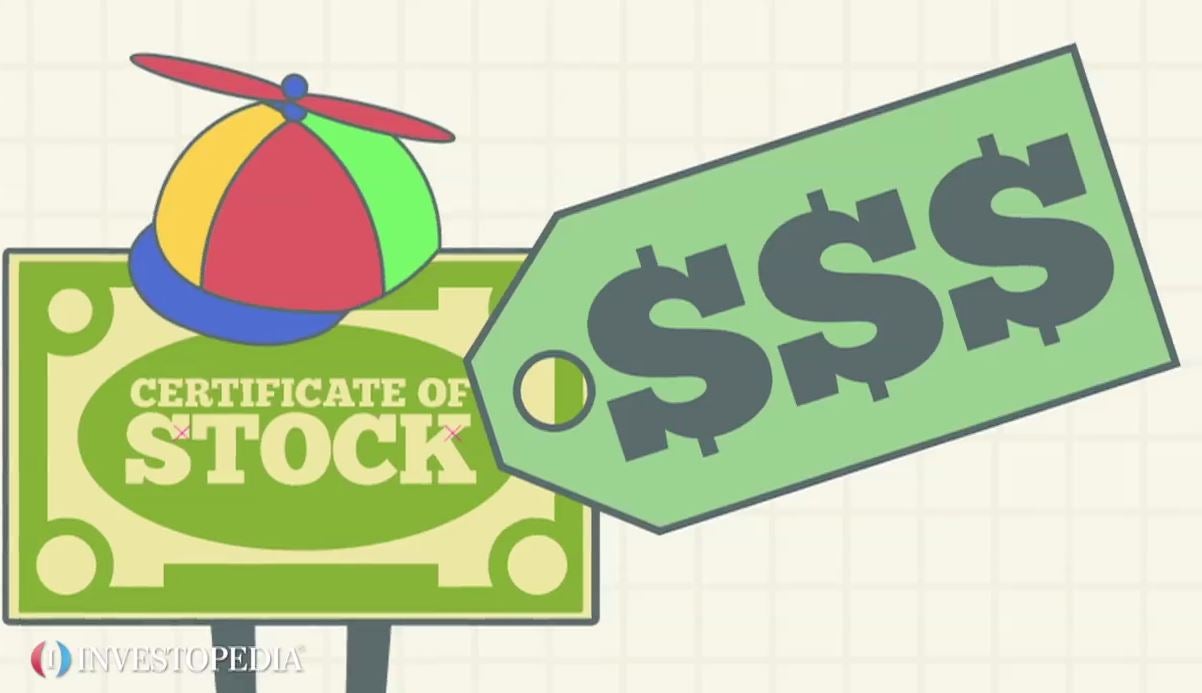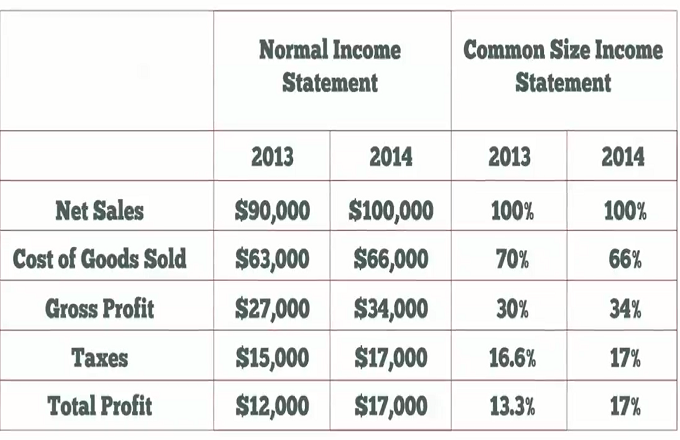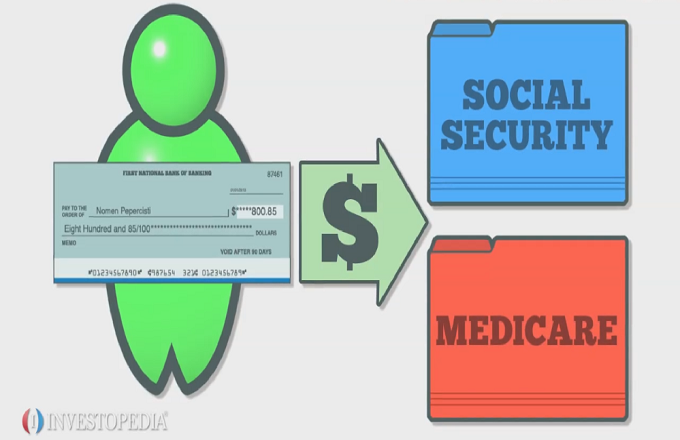The law of supply and demand is one of the most basic principles in economics. In simplest terms, the law of supply and demand states that when an item is scarce, but many people want it, the price of that item will rise. Conversely, if there is a larger supply of an item than consumer demand warrants, the price will fall.Supply and demand rise and fall until they achieve balance. Let’s say a shoe company develops a desirable new athletic shoe, and sets the retail price at $500. While demand for the new shoes might be initially high, most consumers are not willing to spend that much for athletic shoes, so sales will quickly drop after the initial rush. With declining sales, but plenty of shoes to sell, the manufacturer will reduce the price until the demand rises again. When the demand for an item balances with the supply of that product, the market is said to be at equilibrium. The concept of supply and demand can also extend beyond the buying and selling of goods to describe behaviors across the economy. For example, when unemployment is high, employers can offer lower salaries, because the demand for employment is higher than the supply of available jobs. When the situation reverses, employers have to offer higher salaries to attract employees.





